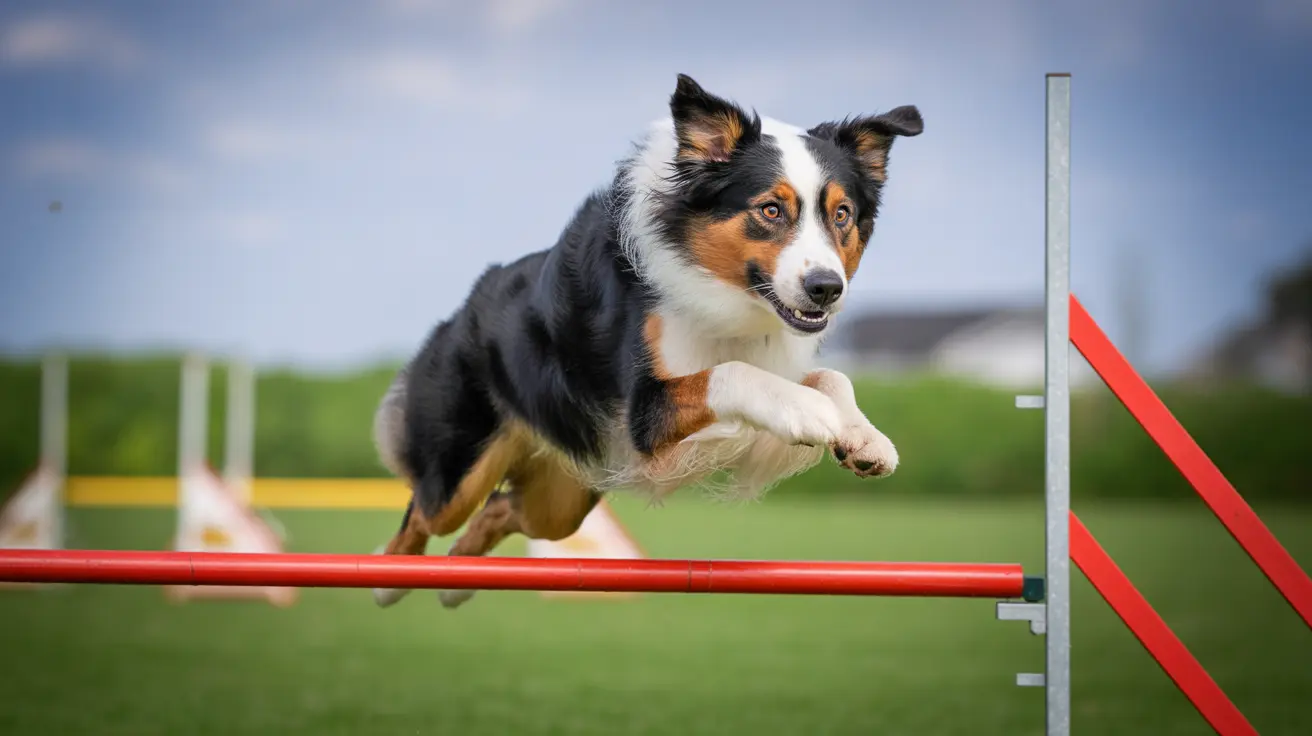Understanding Touch Screen Games for Dogs
Touch screen games for dogs are a fresh approach to canine enrichment, offering mental exercise and engagement—especially valuable for senior dogs or those with limited mobility. As technology becomes a bigger part of our lives, researchers and pet owners alike have found ways to adapt digital devices for the benefit of our four-legged friends.
Why Use Touch Screen Games?
Senior dogs often face challenges like arthritis or cognitive decline. While physical play might become difficult, their need for mental stimulation doesn't fade. Studies from places like the Messerli Research Institute show that engaging with touch screens can help slow cognitive decline in aging dogs. These digital activities keep canine minds sharp, boost mood and motivation, and even strengthen the bond between dog and owner.
Main Types of Dog-Friendly Touch Screen Games
- Art Applications: Dogs tap or nudge the screen to create colorful digital drawings—think of it as canine finger-painting.
- Noise-Making Games: The device responds to touches with fun sounds (like squeaks or animal noises), providing instant feedback that encourages further interaction.
- Chase Games: Digital critters or shapes move across the screen; your dog tries to "catch" them by touching the right spot. This taps into natural prey drive without requiring physical chasing.
- Question-and-Answer Apps: Simple choices appear (such as "yes" or "no"), and your dog selects an answer using their nose or paw.
The Benefits of Digital Enrichment
Touch screen games offer several advantages:
- Mental Exercise: Keeps aging brains active and engaged.
- Customizable Difficulty: Many apps let you adjust speed, size of targets, and complexity based on your dog's needs.
- Immediate Feedback: Dogs receive sounds, animations, or even treats as rewards for correct actions.
- Low Physical Impact: Ideal for pets with arthritis or other mobility issues who can't run or jump but still crave activity.
The research shows that regular participation in these activities can reduce stress (as measured by cortisol levels) and improve emotional well-being. Dogs quickly learn how to interact with screens—often faster than you'd expect!
How to Introduce Your Dog to Touch Screens
- Start With a "Touch" Cue: Hold out your palm; reward your dog each time they bump it with their nose. Practice until they're confident.
- Add a Target: Place a small piece of paper in your hand; reward when they touch it. Gradually move the paper onto the ground, wall, then onto the device's screen.
- Simplify Over Time: As your dog gets comfortable, remove the paper so they're interacting directly with the screen.
If you're introducing chase-based games, many dogs will naturally want to follow moving objects—so less training is needed there!
Keeps Safety First
- Add a Screen Protector: Guard against scratches from claws or smudges from wet noses.
- Create a Stable Setup: Place devices flat on the ground so they don't slide around during playtime.
- Select Appropriate Visuals: For vision-impaired pups, use high-contrast graphics and large targets; slow-moving elements help those with slower reflexes.
- Avoid Discomfort: For arthritic dogs, consider using a soft stylus instead of direct paw contact if needed.
Troubleshooting Common Issues
If your dog seems uninterested or frustrated by fast-moving targets, try adjusting game difficulty or shortening sessions. Keep early playtimes brief (1–3 minutes) and finish after a positive interaction. If chase games cause frustration (no real "catch"), end sessions by letting your dog grab a favorite toy instead—so every game feels like a win!
The Role in Broader Enrichment Routines
No single activity should dominate your dog's day. Rotate touch screen games with other enrichment options such as puzzle feeders, scent work, gentle physical play (tailored for limited movement), and short training sessions on familiar cues like "sit" or "paw." Changing up activities prevents boredom and keeps things exciting. Owners often notice reduced anxiety and fewer unwanted behaviors when cognitive enrichment is part of daily life.
Selecting Commercial Apps & Devices
A growing number of commercial products cater specifically to canine users—some even track progress over time. Choose apps that allow customization based on age and ability. Always supervise sessions to ensure safety and enjoyment; clean devices after use to maintain hygiene.
A Few Final Tips
- Mental stimulation is vital but shouldn't replace regular human-dog interaction or outdoor exercise when possible.
- If you notice signs of stress or loss of interest in either gaming or physical activity, adjust session length/type accordingly.
- Your participation matters: praise successes generously!
Touch screen games can be an excellent addition to any senior dog's routine—offering fun challenges that support brain health while accommodating changing bodies. With patience, creativity, and care, digital enrichment opens new doors for learning and connection between you and your canine companion.





